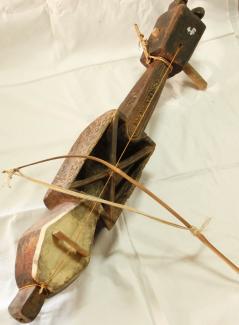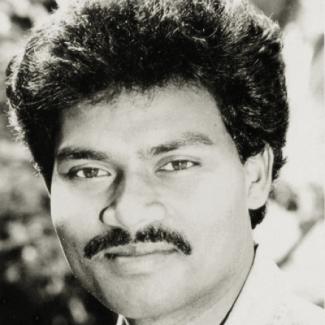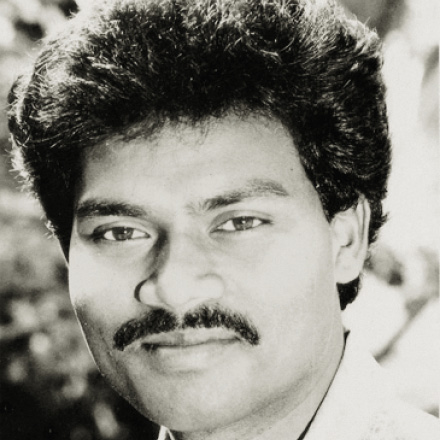Rural life
Saving our heritage

In November 2015, the Universities of Oslo and Tromsø organised an important symposium. The title was “Belief, Scholarship and Cultural Heritage: Paul Olaf Bodding and the making of a Scandinavian-Santal legacy”. Bodding was a Lutheran missionary from Norway who worked among the Santal tribes in what is now the Indian state of Jharkhand from 1890 to 1934.
Bodding wrote down hundreds of Santal folk tales and songs, worked on a Santali dictionary and prepared a large body of religious literature in Santali. Moreover, Bodding collected more than 3000 ethnographic items of Santal people. These items are now preserved in Norway, Denmark and the USA. Many of them are in the University of Oslo’s Museum of Cultural History.
It is also true, however, that Christian missionaries in the 19th and early 20th century generally did not appreciate Santal culture. To the extent that they converted tribal people to their faith, they tried to uproot the cultural heritage (see box). Accordingly, it is no coincidence that the artifacts Bodding gathered are now in Europe and America. That it is valued is important however. International appreciation of our culture and international support for protecting our heritage is most welcome.
Participants in the symposium last year included scholars, social activists, staff from government agencies including the embassies of France, Denmark and Japan as well as representatives from Santal villages in India and Bangladesh. I attended on behalf of the Museum of Santal Culture, which our community-based organisation has set up in Bishnubati, a Santal village in West Bengal, with support from the famous Indian Museum in Kolkata.
Our own museum
We Santals have no history that was written by ourselves. The memories that exist have come down to us from our ancestors through oral traditions. Myths, songs, folk tales, dances et cetera are important in this context.
The written history of tribal people tends to be the work of the dominant groups in society. In mainstream schools, our children learn about the lives of the great personalities and rulers of our country, but our history is not reflected. We need to know about our own heroes and heroines however. It boosts self-respect and self-confidence to grow up with an understanding of one’s own people’s talents and genius. Therefore, we decided to build a museum dedicated to Santal history and culture in our village.
At first, the villagers – and even some educated Santals – were sceptical about the idea. Some said the “backwardness” of Santal life should not be celebrated. We explained to everyone that it makes sense to put on display things like the musical instruments, ornaments and tools that our ancestors used. These items tell us about our past and the ingenious spirit, intelligence and deep thinking of our ancestors. We are not glorifying outdated artifacts but showing what life used to be like.
The idea is to educate our children about our rich culture and tradition because the strength of our cultural roots can give them support in the modern world. We do not want to abandon the Santal mentality while we move forward and adapt to a changing world.
The museum was built by the community and is maintained by it. All families contribute to the work. Most items were donated by Santal families from various villages in West Bengal, but some more expensive articles like ornaments had to be bought.
Eight years after it was started, we can tell that our museum is strengthening the cultural confidence of our community. Moreover, it has become an information centre for neighbours from other villages. It is encouraging to witness their interest in our culture.
India’s formal education system nurtures middle-class aspirations with little regard for the nation’s diverse communities and bridging the gaps between them. It is difficult and often painful to make the transition from tradition to modernity. We certainly must adapt, but government institutions are not helping. We must find our own way.
Unless we save our heritage, it will be lost. Adivasis are marginalised in India, but our children must not grow up thinking that our culture is somehow inferior. The museum helps them to understand their roots, and so does our own non-governmental school.
Uprooted individuals
Exposure to other ways of life matters too, no doubt. After finishing school, many youngsters from our village go to work in other places, sometimes in other Indian states. We know from experience that they stay confidently connected to the Santal community and our culture. On the contrary, young Santals who grew up in urban hostels and did not learn our language well, tend to feel alienated in the later stages of their life. That is also true of the educated Santals who live in urban areas. Many of them express a deep yearning to identify culturally on blogs and social media.
That yearning sometimes proves harmful, for example when people romanticise our culture or even radicalise it for political purposes. Neither approach helps our community to rise to challenges we face today. That is why we believe that it is better to be in touch with one’s heritage right from the start. Unlike the members of India’s privileged castes, Santals cannot take that for granted.
Boro Baski works for the community-based organisation Ghosaldanga Adibasi Seva Sangha in West Bengal. The NGO is supported by the German NGO Freundeskreis Ghosaldanga und Bishnubati.
borobaski@gmail.com










